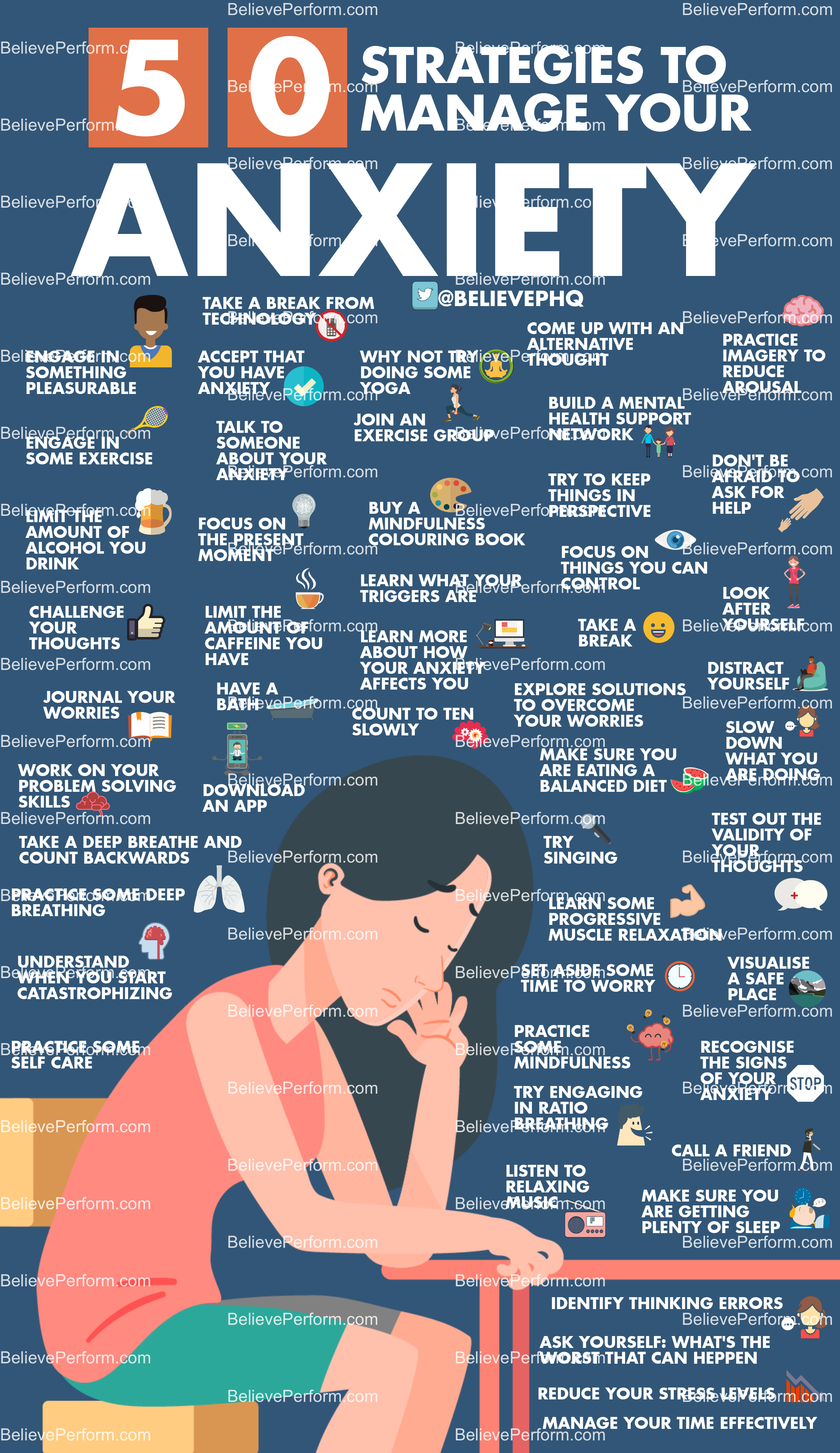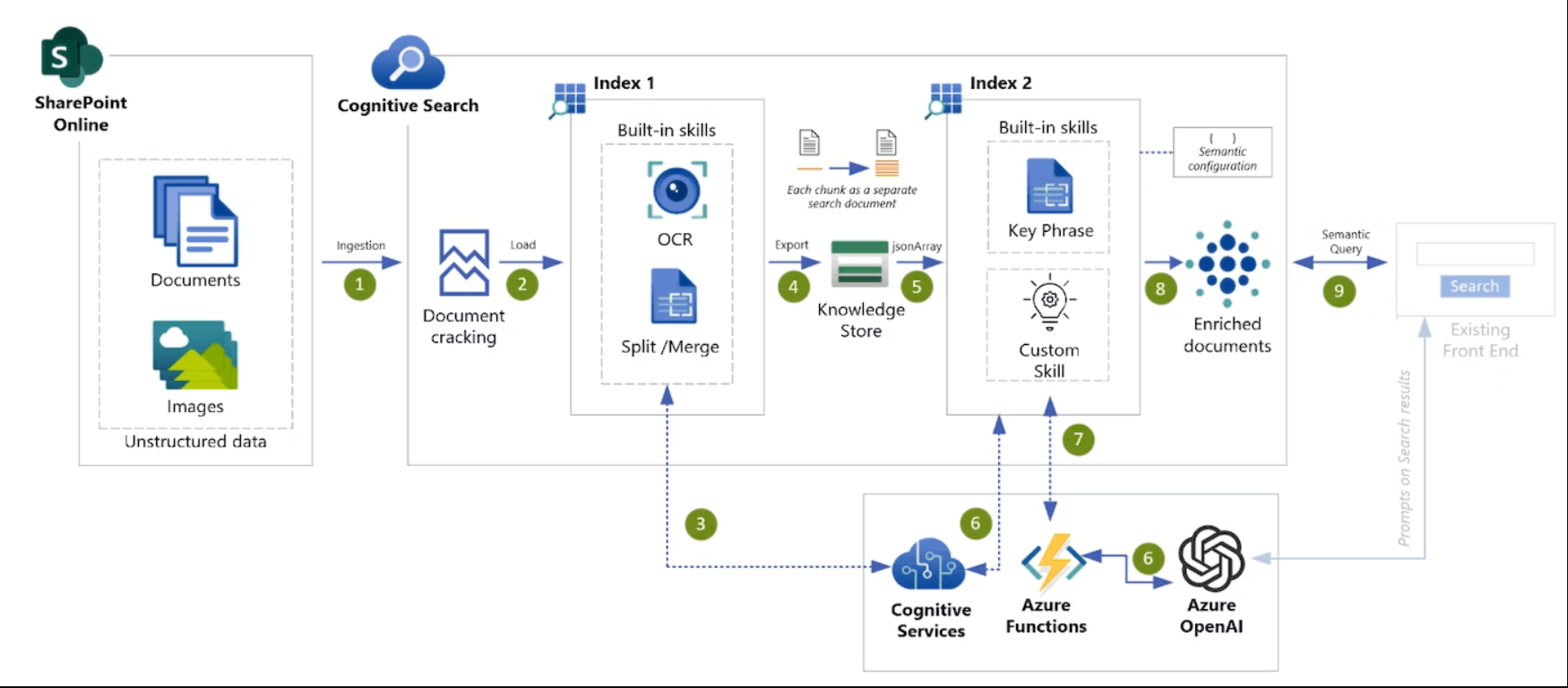The Love Monster: Helping Children Manage Anxiety And Fear

Table of Contents
Understanding the "Love Monster": Identifying and Addressing Childhood Anxieties
Understanding your child's anxieties is the first step towards helping them. The "Love Monster" is a playful way to personify anxiety, making it less scary and more approachable for children. This playful approach allows children to engage with their fears in a healthier way.
Recognizing Signs of Anxiety in Children
Anxiety manifests differently in children of various ages. Common symptoms include:
- Clinginess: An increased need for physical closeness and reassurance.
- Irritability and mood swings: Uncharacteristic outbursts of anger or sadness.
- Sleep problems: Difficulty falling asleep, nightmares, frequent waking.
- Stomach aches or headaches: Physical symptoms often associated with anxiety.
- Changes in appetite: Either increased or decreased appetite.
- Avoidance behaviors: Refusal to go to school, participate in social activities, or go certain places.
Age-Appropriate Anxieties:
- Preschoolers (2-5 years): Fear of the dark, monsters, separation anxiety.
- School-aged children (6-12 years): Fear of school, tests, social situations, bullies.
- Teenagers (13-18 years): Social anxiety, academic pressure, future anxieties, relationship issues.
Validating Children's Feelings
Never dismiss or minimize your child's fears. Instead, validate their feelings with empathy and understanding.
- Instead of: "Don't be silly, there are no monsters under the bed."
- Try: "It sounds like you're feeling really scared right now. Tell me more about what's worrying you."
Helpful Phrases:
- "I understand you're feeling afraid."
- "That sounds really tough."
- "It's okay to feel this way."
Active Listening Techniques:
- Maintain eye contact and offer physical comfort.
- Listen attentively without interrupting.
- Reflect back what your child is saying to show you understand.
Differentiating Between Normal Fears and Anxiety Disorders
It's crucial to differentiate between typical childhood fears and anxiety disorders. While all children experience some degree of fear, anxiety disorders involve excessive worry, fear, and avoidance that significantly impacts their daily life. If your child's anxiety is interfering with their schoolwork, social interactions, or overall well-being, seek professional help.
Signs needing professional intervention:
- Intense, persistent anxiety lasting more than several weeks.
- Avoidance behaviors significantly impacting daily life.
- Physical symptoms interfering with sleep or daily activities.
- Significant distress or impairment in functioning.
Consult a child psychologist, therapist specializing in anxiety, or your pediatrician for guidance and support. They can offer proper diagnosis and treatment plans, potentially including therapy like Cognitive Behavioral Therapy (CBT) or medication if necessary.
Practical Strategies to Calm the "Love Monster": Tools and Techniques for Anxiety Management
Once you understand your child's anxieties, you can equip them with tools to manage their "Love Monster."
Deep Breathing and Relaxation Techniques
Teach your child simple deep breathing exercises. These can be a powerful tool for calming down in stressful situations.
Child-Friendly Breathing Exercises:
- Belly Breathing: Lie down or sit comfortably. Place a hand on their belly. Inhale slowly through the nose, feeling the belly rise. Exhale slowly through the mouth, feeling the belly fall.
- Balloon Breathing: Inhale deeply, imagining filling a balloon in their belly. Hold it for a few seconds, then exhale slowly, letting the air out like a deflating balloon.
Other Relaxation Techniques:
- Progressive Muscle Relaxation: Tense and release different muscle groups one by one.
- Mindfulness Activities: Guided meditations or focusing on sensory experiences (sight, sound, touch).
Cognitive Behavioral Therapy (CBT) Techniques for Kids
CBT helps children identify and challenge negative thoughts contributing to anxiety.
Examples:
- Identifying negative thoughts: "I'm going to fail the test."
- Challenging negative thoughts: "I've studied hard, and even if I don't get a perfect score, I'll still do my best."
- Reframing negative thoughts: "It's okay to feel nervous. Nervousness means I care."
Creating a Safe and Predictable Environment
Routine and predictability can significantly reduce anxiety.
- Calming Bedtime Routine: Warm bath, quiet reading, calming music.
- Consistent Daily Schedule: Regular mealtimes, playtime, and bedtime.
- Calming Bedroom Environment: Soft lighting, comfortable bedding, favorite stuffed animals.
The Power of Play and Positive Reinforcement: Helping Children Overcome Their Fears
Play is a powerful tool for emotional expression and processing.
Using Play Therapy to Address Anxieties
- Role-playing: Act out scenarios that cause anxiety, allowing children to practice coping strategies.
- Storytelling: Create stories about overcoming fears, using the child as the main character.
- Art therapy: Drawing, painting, or sculpting can be a way to externalize anxieties.
The Importance of Positive Reinforcement
Praise and reward positive behaviors and efforts to manage anxiety.
Positive Reinforcement Examples:
- "I'm so proud of you for trying that new activity, even though you felt nervous."
- "You handled that situation so well! I noticed how you took deep breaths when you felt scared."
Conclusion: Conquering the "Love Monster" Together: Ongoing Support and Resources
Helping children manage anxiety requires patience, understanding, and a consistent approach. By validating their feelings, teaching them coping mechanisms, and creating a supportive environment, you can help your child tame their "Love Monster." Remember that seeking professional help is a sign of strength, not weakness. Start taming your child's "Love Monster" today! Learn more about managing child anxiety and building resilience by exploring resources like the Anxiety & Depression Association of America (ADAA) and the Child Mind Institute.

Featured Posts
-
 Huizenprijzen Is Nederland Aan Het Zaniken Volgens Abn Amro En Geen Stijl
May 21, 2025
Huizenprijzen Is Nederland Aan Het Zaniken Volgens Abn Amro En Geen Stijl
May 21, 2025 -
 Is Your College Town Next Understanding The Risks Of Enrollment Decline
May 21, 2025
Is Your College Town Next Understanding The Risks Of Enrollment Decline
May 21, 2025 -
 Abn Group Victoria Appoints Half Dome As Its Media Agency
May 21, 2025
Abn Group Victoria Appoints Half Dome As Its Media Agency
May 21, 2025 -
 Barry Ward Interview The Irish Actor On Roles And Stereotypes
May 21, 2025
Barry Ward Interview The Irish Actor On Roles And Stereotypes
May 21, 2025 -
 Abn Amro Potential Fine From Dutch Central Bank Over Bonuses
May 21, 2025
Abn Amro Potential Fine From Dutch Central Bank Over Bonuses
May 21, 2025
Latest Posts
-
 T Mobile To Pay 16 Million Following Three Years Of Data Security Issues
May 21, 2025
T Mobile To Pay 16 Million Following Three Years Of Data Security Issues
May 21, 2025 -
 T Mobile Hit With 16 Million Fine For Data Breaches Spanning Three Years
May 21, 2025
T Mobile Hit With 16 Million Fine For Data Breaches Spanning Three Years
May 21, 2025 -
 Revolutionizing Voice Assistant Development Open Ais New Tools
May 21, 2025
Revolutionizing Voice Assistant Development Open Ais New Tools
May 21, 2025 -
 Exec Office365 Breach Nets Millions For Hacker Fbi Says
May 21, 2025
Exec Office365 Breach Nets Millions For Hacker Fbi Says
May 21, 2025 -
 Podcast Revolution Ais Role In Transforming Repetitive Scatological Text
May 21, 2025
Podcast Revolution Ais Role In Transforming Repetitive Scatological Text
May 21, 2025
